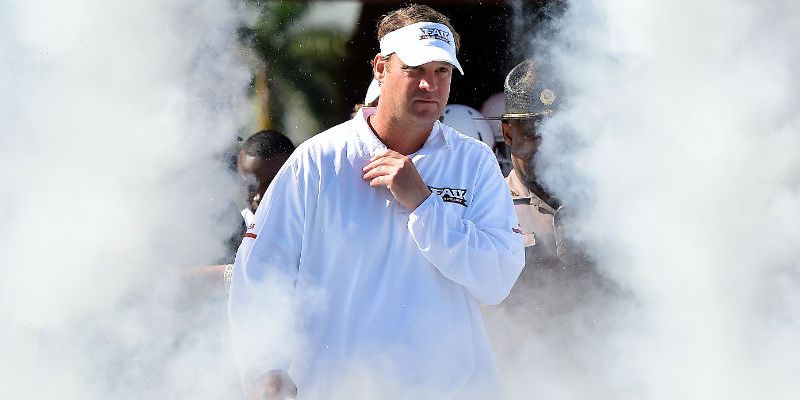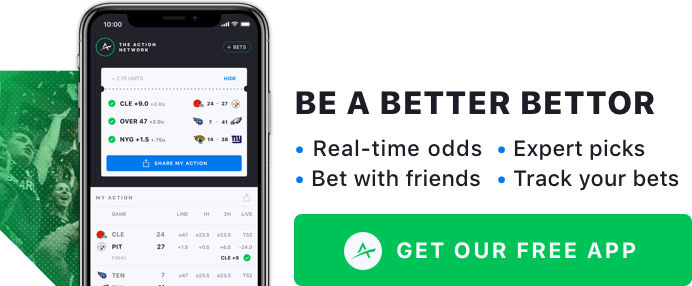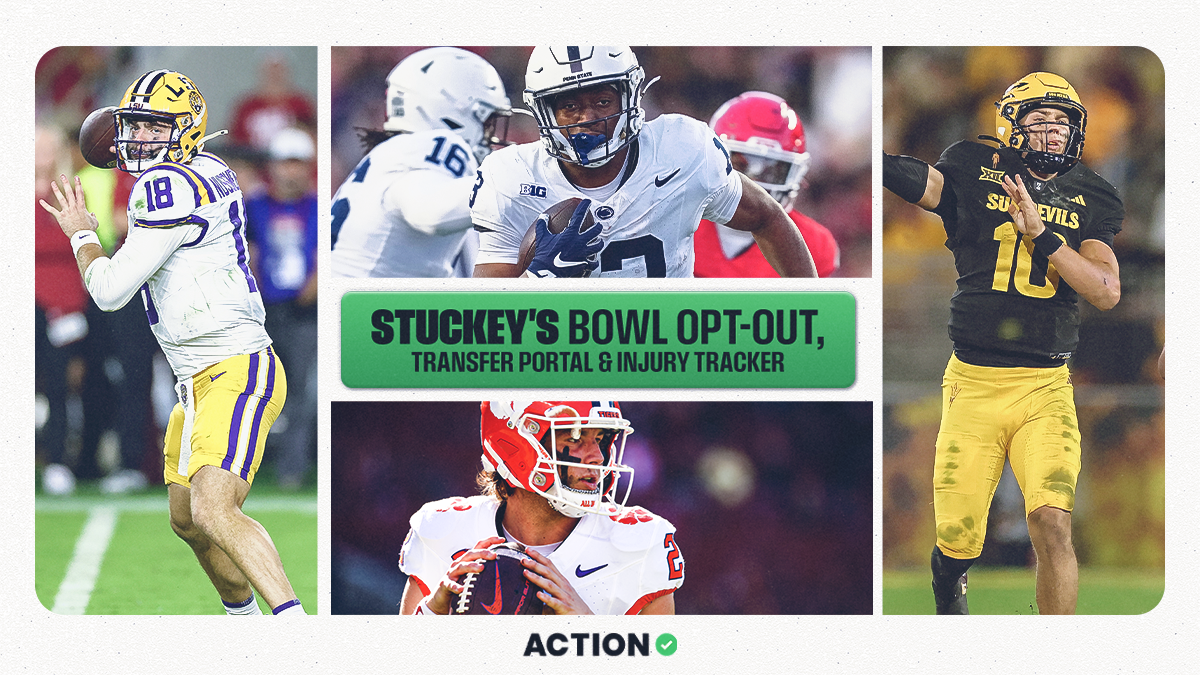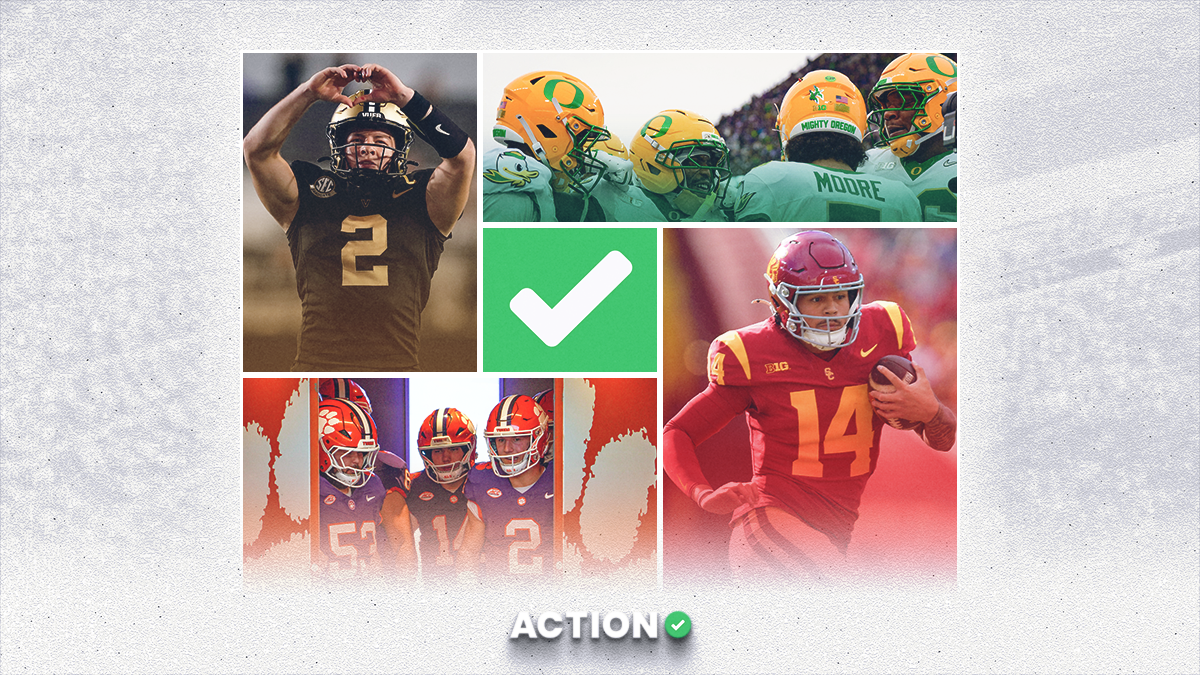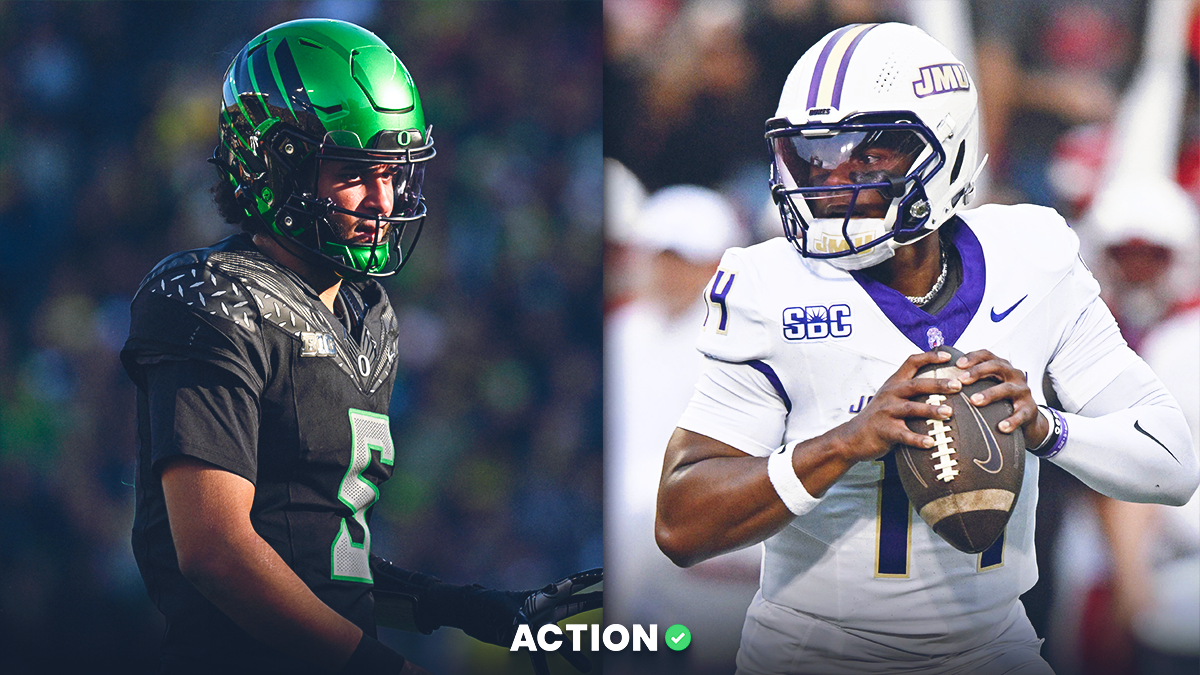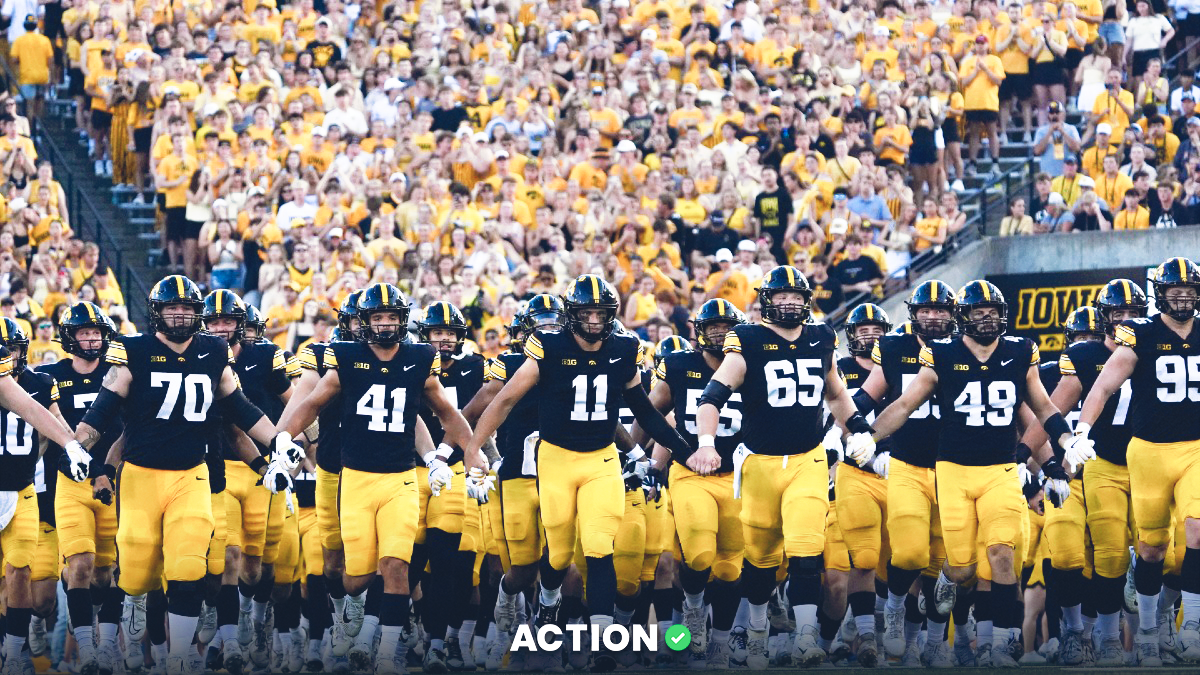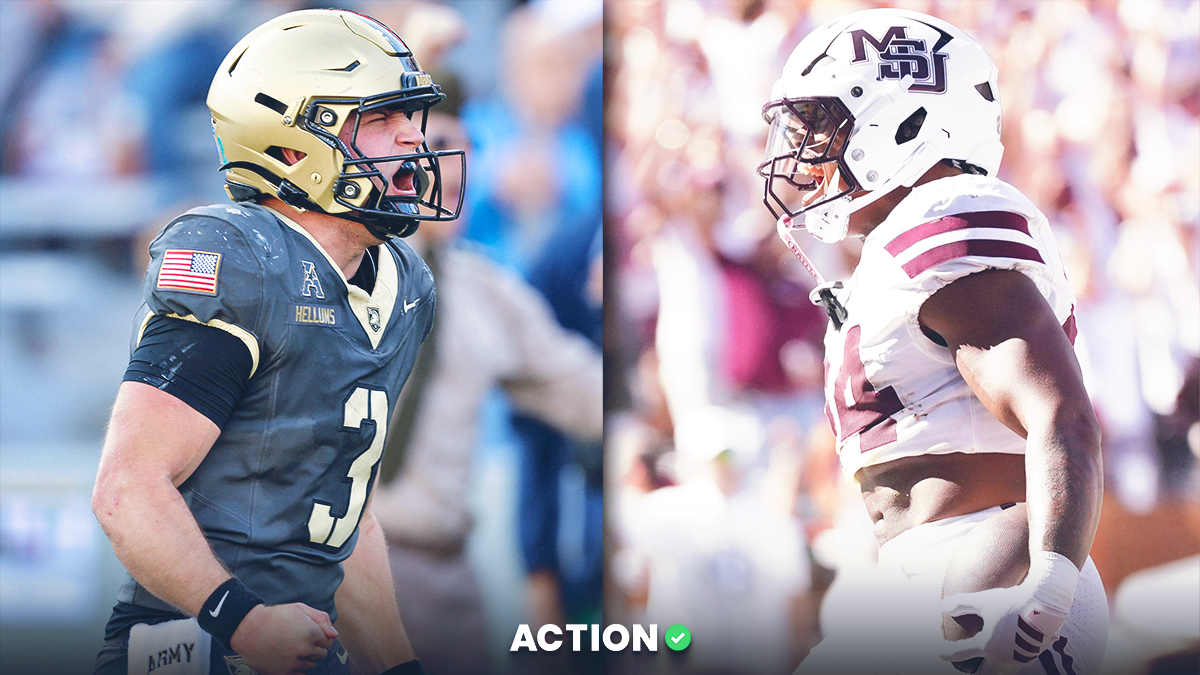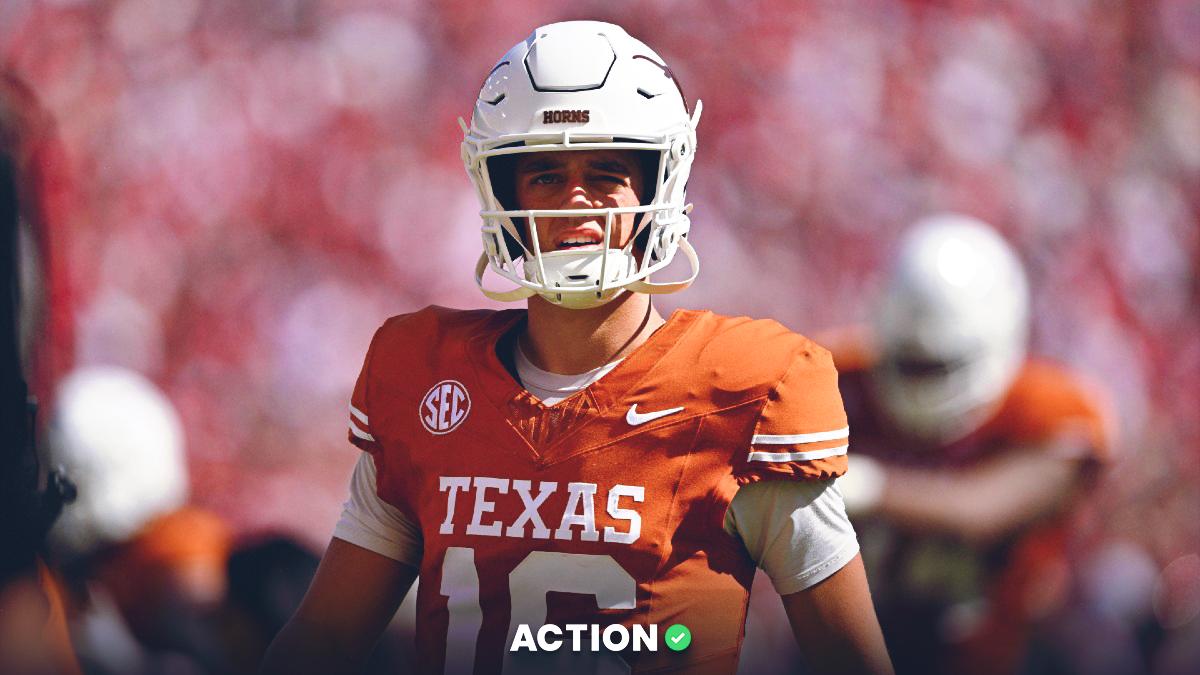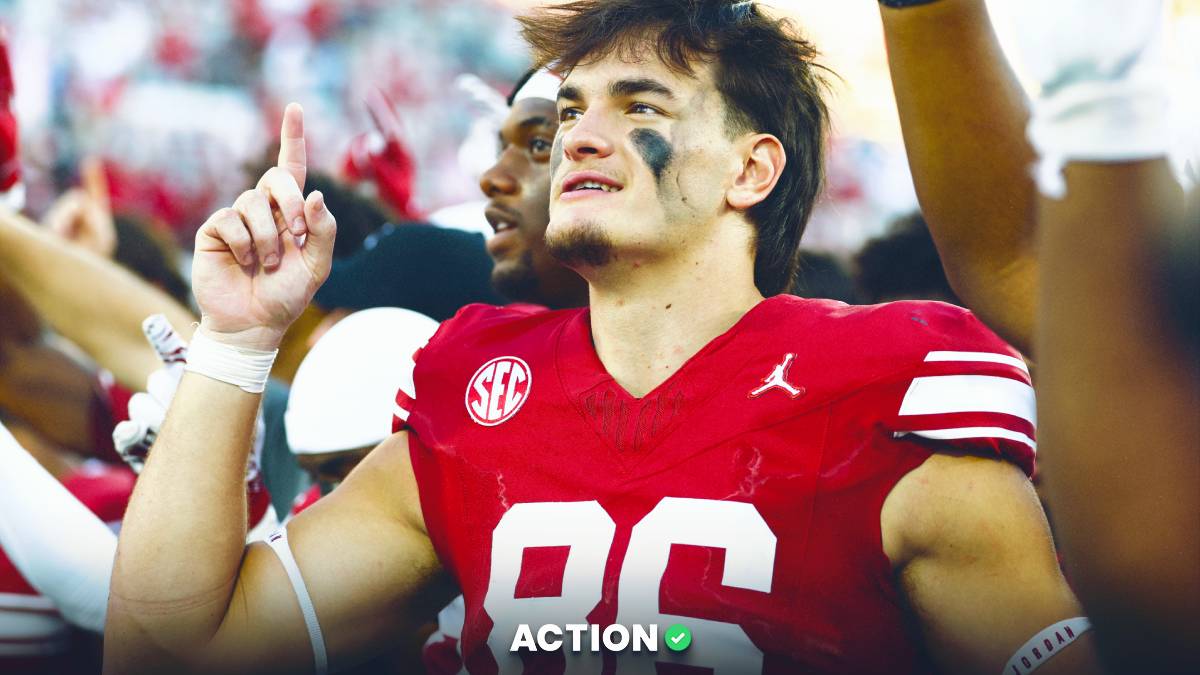- Betting against the public has been a historically profitable strategy for college football bettors.
- Through streaming and online networks, college football has never been more accessible than it is today, leading to more public money entering the college football betting market than ever.
- We break down how savvy bettors can leverage public money to pinpoint valuable wagering opportunities going forward.
Betting against the public refers to the sports betting strategy of monitoring which games public bettors are backing, and fading (betting against) their action. Public bettors are simply recreational players who largely bet for fun or to have "action" on a game to make it more interesting to watch.
Unlike professionals who use models, data and other proprietary information to find value, public bettors place wagers based on gut feel and are often clouded by recency bias. Because of this, public bettors gravitate toward popular teams and big favorites because they're the "best" teams, easy to find on TV and the most fun to root for. But that doesn't mean they'll cover the spread.
In fact, oddsmakers are very adept at predicting where public money will go. They react by shading their lines to make the popular sides of certain games less valuable than their power ratings imply.
For example, Michigan will visit Notre Dame on Sept. 1 as both teams kick off their 2018 seasons. Currently, 63% of bettors are backing the Wolverines as 2.5-point favorites. This is the most heavily bet game of that day, according to The Action Network's proprietary public money betting data.
The first important piece of information is the 63% of spread tickets betting Michigan. This tells us that the majority of bettors are on the road favorite. However, simply knowing the percentage of wagers, even if it's lopsided, doesn't provide enough for an actionable result if there aren't enough bets.
>> Get a 7-day free trial to access all of our premium college football articles and exclusive betting data.
For example, a whopping 93% of bettors are currently on SMU against North Texas in Week 1. However, according to The Action Network's number of bets statistic, that game is receiving 10x fewer tickets compared to Michigan-Notre Dame. While both games are clearly one-sided, SMU-North Texas simply isn't driving enough bets (and money) for oddsmakers to be concerned about a huge loss for the house should SMU cover the spread.
On the other hand, more than 6 in 10 tickets backing the same side (Michigan) in a game drawing lots of action will certainly get attention from bookmakers. Oddsmakers have been forced to adjust aggressively to account for public bettors loading up on the Wolverines.
But for those willing to be contrarian and zig while most bettors zag, grabbing Notre Dame (especially at +3) could be stealing extra line value.
DISCLAIMER: All the data above is as of Aug. 6, and with so much time for more action to come in between then and game day, it is not recommended to bet this system match yet.
Our recommendation is to continue tracking the system and place your wagers much closer to kickoff when the majority of public bettors have had the opportunity to get their bets down, stabilizing our public betting data and ensuring system matches remain as system matches.
Historical Results
Since the start of the 2005 college football season, teams receiving fewer than 45% of spread tickets in regular season games are 4007-4025-145 against the spread (ATS) for a win rate of 49.9%, according to Bet Labs.
But remember, it's important to not solely rely on the percentage of tickets, and to also combine those with the number of bets being wagered on each game to identify both lopsided betting AND heavily bet games.
Including games that receive 2.5 times the day's average number of bets pumps this strategy up to 202-173-13 (53.9%) ATS, above the 52.38% ATS win rate needed to break even when betting on spreads (assuming a vig of -110).
For example, if the average game on a Saturday slate of college football attracts 1,000 bets, bettors will want to focus on those receiving 2,500 or more wagers. This ensures our sample is garnering enough public action to warrant a reaction from oddsmakers.
>> Sign up for The Action Network's daily newsletter to get the smartest college football conversation delivered into your inbox each morning.
Finally, removing visiting teams and games played on neutral fields gives this system another bump, pushing the record to 130-97-8 (57.3%) ATS for profit of 26.36 units and a return of investment (ROI) of 11.2%. Travel is more difficult for college kids than professionals, so it makes sense that most teams will play better and overperform at home as opposed to the road. Additionally, the average cover margin is now 1.58 points, which represents the average number of points this system is covering by per game.
Here's a summary of our college football betting against the public system, starting with all games that closed with fewer than 45% of tickets on one side, then layering on our daily average of tickets and home/away filters:
It's also interesting to note how betting against the public in college football has picked up steam since the start of the 2009 season.
From 2005-08, this system posted a 20-20-2 (50%) ATS record. However, since the start of the 2009 season, fading public favorites in heavily bet games has rewarded bettors with a 110-77-6 (58.8%) ATS record, +27.68 units won, an ROI of 14.3% and a stellar 2.24 average cover margin.
The graph shows that our system is on the heels of six straight winning seasons and has remained profitable for bettors in eight of the previous nine.
While it's not smart to simply ignore full seasons worth of data unless you have good reason, it's worth consideration here because of real-world changes to the college football viewing landscape.
Over the past decade, online streaming and conference networks, like the Big Ten and SEC networks, have helped make college football more accessible than ever. With more games on TV and mobile devices, there's more college football for bettors to sweat. And as we know, public bettors want to watch the games they bet on, so it's reasonable to assume that there is more public money hitting the college football betting market than ever before, especially over the past handful of seasons.
>> Download The Action Network App to get real-time college football odds, track your bets and follow all of our experts' picks.
As more public money is pounding popular sides, oddsmakers are reacting by shading more games than a decade ago and, in turn, providing more profitable wagering opportunities for savvy bettors.
Want to follow this system? Sign up for Bet Labs and get real-time matches for every game that fits our college football betting against the public system this season.



